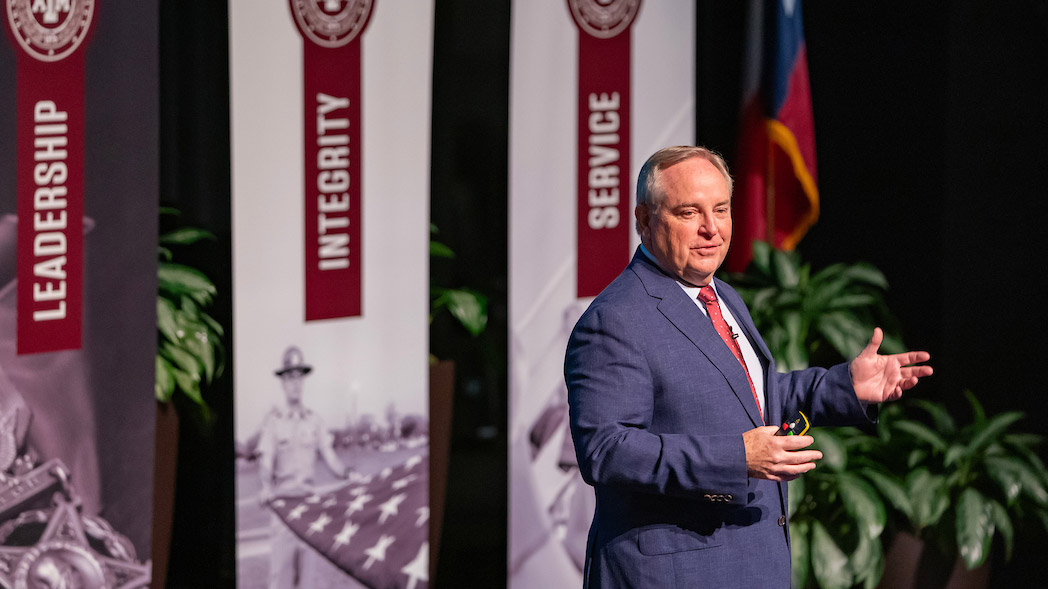
2023 State of the University

Then Interim President Mark A. Welsh III recognized accomplishments of faculty, staff and students and discussed important steps taken to get the university back on track after a challenging summer during his State of the University address on Wednesday, Nov. 29 at Rudder Theatre Complex.
Welsh, who stepped into the interim role in July, addressed an in-person and virtual audience focusing most of the discussion on the university’s priorities for the short- and long-term. A replay of the annually hosted address is available below.
Vision 2020 was wonderful for Texas A&M. It gave a great structure within which we could operate and move in positive directions. Now it's time for Vision 2040.
Mark A. Welsh III
President
